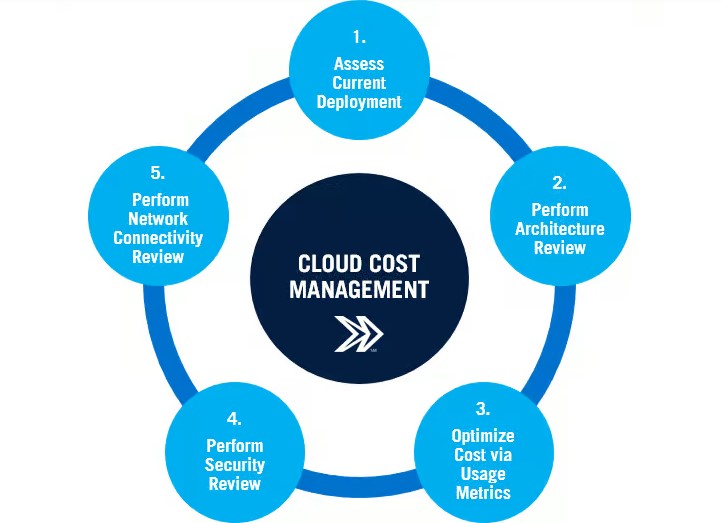Introduction
There is excitement and worry about how self-driving technology is developing in the automobile sector. The difficulties in reaching complete autonomy are highlighted by instances like this one featuring a Tesla Model 3, even though autonomous cars offer ease and safety. In the following piece, we examine the situation in which another Tesla the owner’s Model 3 that was fully autonomous attempted to accelerate down before colliding with a body floating on a highway and then crashed into a pond.
The Incident Unfolded
The Model 3 car manufactured by Tesla was completely autonomous when it was involved in the incident. The car’s owner asserts that it did not reduce speed when it approached a section of the highway that was flooded. Instead, it continued to move forward at the same speed, finally crashing into the water and dissipating into a nearby pond.
Full-Self-Driving Technology and Its Limitations
Even with revolutionary technologies such as the company’s Full Self-Driving (FSD) mode, the event serves as a reminder of the limitations of existing self-driving technology. FSD is intended to perform a variety of driving functions autonomously, however, it’s crucial to remember that these technologies are not infallible and still need driver oversight.
Environmental Challenges
Autonomous vehicles primarily rely on sensor technologies, such as cameras, LiDAR, and radar, to interpret their environment. The environment might be challenging for these sensors, limiting their accuracy and affecting the decisions the car makes. Examples of these situations include quite a bit of heavy rainfall standing water, and limited visibility.
Human-Machine Interaction
The event raises concerns about how people and driverless vehicles will interact. Human supervision and intervention are essential, even in sophisticated self-driving modes, especially when unforeseen circumstances emerge. An important part of autonomous driving still involves the driver’s need to assume control in specific circumstances.
Regulatory and Ethical Considerations
As incidents like this one occur, discussions about regulations and ethics in the self-driving realm gain prominence. Striking a balance between technological advancement and ensuring public safety is a complex challenge that requires collaboration between the automotive industry, technology companies, and regulatory bodies.
The Path Forward
While incidents involving autonomous vehicles highlight existing limitations, they also serve as learning experiences. Automakers and technology developers can use such incidents to improve their systems, enhance sensor technologies, and refine decision-making algorithms to handle diverse road conditions effectively.
Conclusion
The event utilizing a Tesla Model 3 Tesla in a fully autonomous function provides an indication of the difficulties and barriers to fully autonomous vehicle development. Even though self-driving technology is still developing, instances like this highlight the necessity of constant human supervision as well as the demand for reliable sensor systems that can respond to a variety of environmental factors. Safety and innovation must be carefully balanced as the automobile industry travels the path to autonomous driving.
FAQs
Q: What transpired when a Tesla Model 3 was fully autonomous?
A: A Model 3 Tesla that was fully autonomous was not slowing down before it ran over a few lakes on the highway and then crashed into a pond.
Q: What does this incident reveal about self-driving technology?
A: The incident highlights the limitations of current self-driving technology, emphasizing the need for human supervision and the challenges posed by environmental factors.
Q: Why is human intervention important in autonomous vehicles?
A: Human intervention is crucial to handle unexpected scenarios and ensure safety, even in advanced self-driving modes.
Q: How can incidents like this contribute to the development of self-driving technology?
A: Incidents provide valuable insights for automakers and technology developers to enhance their systems, refine algorithms, and improve sensor technologies.
Q: What considerations arise regarding regulations and ethics in self-driving technology?
A: Incidents prompt discussions about finding a balance between technological advancement and public safety, necessitating collaboration among various stakeholders.










